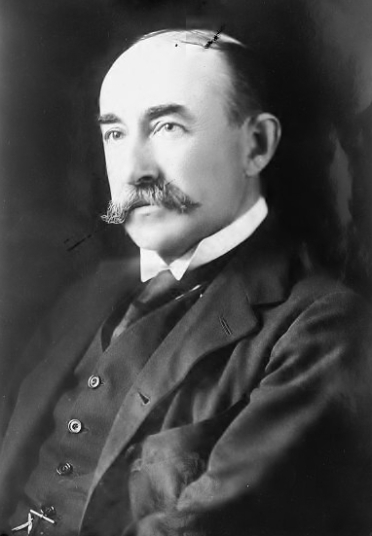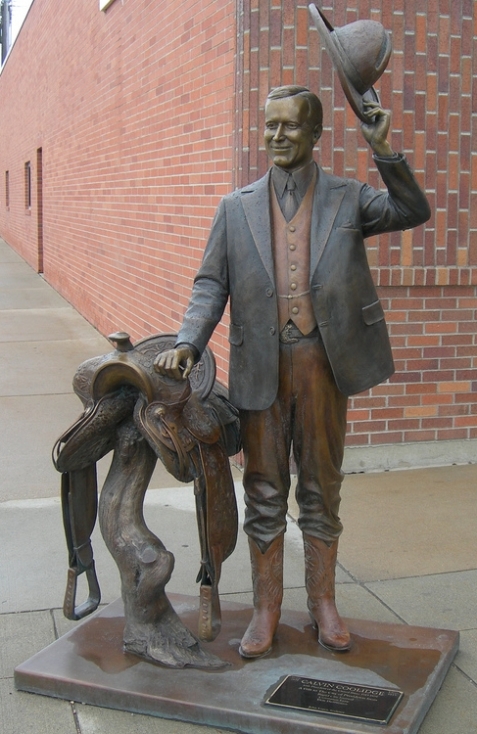John Hays Hammond Sr. served as Chairman of the Coal Commission, as a coal strike threatened to be the first real domestic test of President Harding’s successor, Calvin Coolidge. Without coal, people were going to be hard-pressed to heat their homes and survive the cold winter. In what President Coolidge would call “our coup,” he collaborated with Commissioner Hammond to work out a way to resolve the conflict while shrewdly using the Governor of Pennsylvania, Gifford Pinchot (who was positioning himself as the heir of TR in order to take the GOP presidential nomination in the following year by championing his own progressive “handling” of the strike), as the implementer of their report. It worked only by removing imposed government solutions and turning to the folks directly concerned to make it succeed, all to the chagrin of Governor Pinchot.
Looking back on those days, Mr. Hammond offers this appraisal of President Coolidge and his impact on voters, especially those in the West. Most striking is that it runs contrary to the partisan and even vindictive appraisals of those who were denied special favor (like “Ike” Hoover, the usher) or had an agenda to implement (like “Art” Schlesinger). Hammond writes,
“It was most fortunate for the country that a man of Calvin Coolidge’s type succeeded to the presidency. He had an estimable record for probity and executive ability during both his Massachusetts governorship and the vice-presidency. Sitting in at Cabinet meetings during the Harding administration had given him special knowledge of national problems.
“His slightly rigid personality manifested caution and sanity. His eccentricities were safe ones. There was no derision in the anecdotes that were told of him, and the laughter of the people at hundreds of Coolidgisms only served to increase their belief in him as a wise and forceful leader. After the miasma of suspicion created by the scandals of the Harding administration, the country soon showed implicit confidence in Coolidge…”
Commissioner Hammond, a renowned mining engineer and native of California, assessed the affect of Coolidge on the West, “To me, as a Westerner who had grown to pride himself on his knowledge of the psychology of that part of the country, one of the most amazing things about Calvin Coolidge was that he came to supersede even Theodore Roosevelt in the popular affections of the West. Everything about Roosevelt had been the antithesis of Coolidge: his strenuous activities, his love of exciting adventures, his physical daring, his aggressiveness, and his ebullient manner. It has always seemed phenomenal to me that Coolidge, without any effort on his part, could have won the West. It may perhaps be explained by the fact that West admired Roosevelt as an individual and Coolidge as a president.”
It is noteworthy that the only life-size statue of the thirtieth president stands in downtown Rapid City, South Dakota. It seems that Gutzon Borglum’s second mistake (after misusing President Coolidge’s written contributions to the Rushmore project) was in placing the wrong president to Lincoln’s right.


